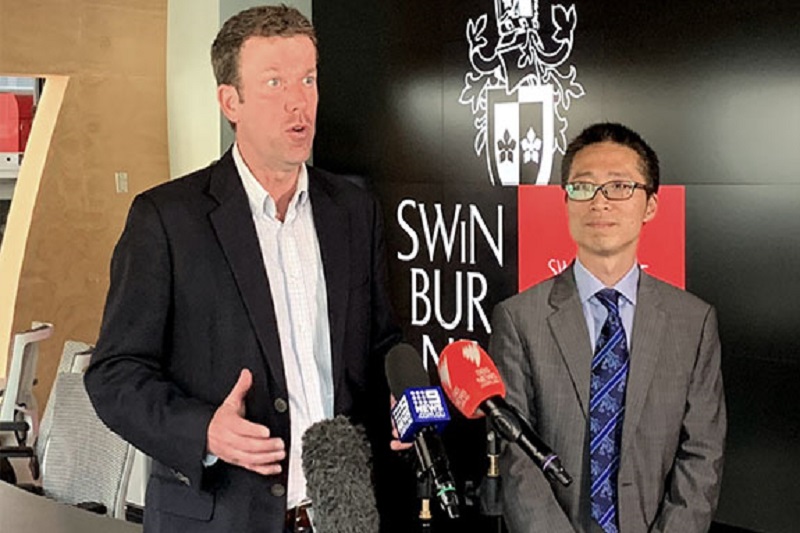
Researchers from the Swinburne University of Technology were awarded with A$ 360,000 by the Minister for Education Dan Tehan.
According to the recent report, the grant is for them to research and develop technology that will prevent cyberattacks on smart home devices.
The research team will be led by the Dean of the Digital Research Innovation Capability Platform. They will look at vulnerabilities in any devices and appliances that are connected to the internet.
Eight out of ten Australians have a smart device in their homes. These devices include smart TVs, baby monitors and mobile phones.
Moreover, nearly 50% actually have three or more of such devices.
Cybercriminals and hackers are targeting these devices. Any security vulnerability in the internet enabled devices found in the homes can have very real consequences.
The confidence that they have the best possible protection, when using new technology, is what the people need.
The team will be using specialised techniques as part of this three-year project. The techniques will include software testing in order to identify the vulnerabilities and weaknesses in the smart devices.
The techniques that the team will develop will position Australia as a world-leader in vulnerability detection.
The Cybersecurity Lab will work with industry partner Greenland Property Group (GPG) to apply their findings to real-world scenarios.
The research grant is part of A$ 5 million in funding for 11 new research partners, which was announced by the Minister at the University’s Factory of the Future.
As reported, some of the other projects, which will receive funding, include:
- A$ 395,000 to develop an early-warning system capable of detecting cracks and leaks to prevent burst pipes in Australian cities.
This project is a collaboration between the University of Adelaide and the South Australian Water Corporation.
- A$ 300,512 to develop a technological platform to detect food spoilage and life threatening microbial contamination in the food being eaten.
This project is a collaboration between the University of Sydney and the Applied Research Centre-Centro Richerche Applicate S.R.L.
- A$ 472,635 to identify and address the daily challenges faced by children who have lost their hearing that will lead to improved support for the hearing impaired.
This project is a collaboration with Macquarie University and hearing service providers, parents and industry.
The Australian Research Council’s (ARC) Linkage Projects scheme supports research that brings higher education researchers and other innovative businesses together to conduct critical research collaborations that address issues affecting the communities.
These collaborations will improve the lives of everyday Australians through research that drives ideas, finds practical solutions to existing challenges, and creates real-world benefits.

















